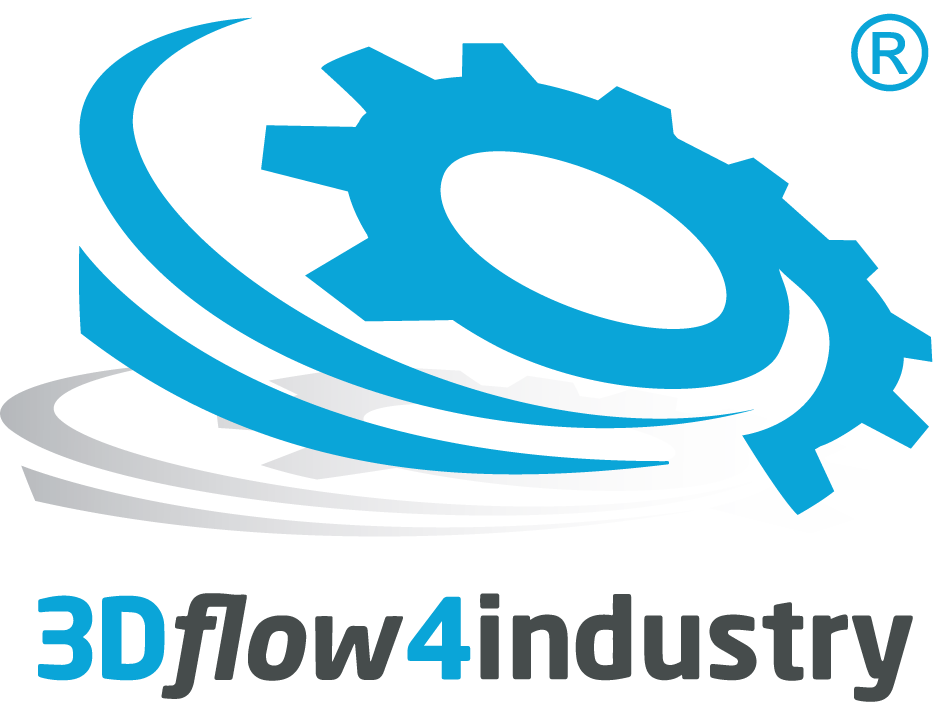Welcome to 3Dflow4industry® , Your Partner for 3D-Printing in the Industrial Flow Measurement.
METAL ADDITIVE MANUFACTURING

A G3NIUS PRINTING PROCEDURE
A CLASSIC DISTRIBUTION BLOCK ...

Disadvantages:
- Weight: ca. 5,5 kg
- Due to the high weight, the component can warp
- Every new connection is a special part
- A lot of pieces
- High risk of leakage
... BECOMES A DIGITALLY CREATED CAD-MODEL ...

The product is optimally adapted to your needs. There are almost no restrictions!
... AND, FINALLY, YOUR CUSTOMIZED 3D-SOLUTION

Advantages:
- Weight: 780 g
- Component has high rigidity
- Material freely selectable
- No assembly necessary
- Each connection is freely selectable
- Distances of the strands are freely selectable
AS INDIVIDUAL AS YOUR FINGERPRINT
Our intelligent technology opens up almost unlimited possibilities for product design. Decide for yourself which requirements your product should fulfill.
Choose nearly free:
- Geomety
- Integration of Sensors and QR Codes
- Connections
- Seals and Softer Areas
- Integration of your Corporate Design
AN EXPRESSION OF STABILITY
STAY INFORMED
The 3D printing of metals uses the so-called "powder bed-based process". Intelligenty, it makes use of the properties of materials such as metal, thermoplastic, but also ceramic. These soften or melt in the heat. The procedure involves several steps.
Step 1: The actual component material is initially present as a very fine powder. In a defined layer thickness it is spread on the building platform and creates an even powder layer.
Step 2: A laser travels over different areas of the powder. He creates the shape of the component. In the focal point of the laser, the material experiences great heat, so that the fine powder particles are caked or melted with their neighbors. This creates a coherent structure.
Step 3: Another layer of powder is applied to the laser processed layer with a defined thickness. For this purpose, the material is heated again along the component.
Layer by layer, a three-dimensional component of two-dimensional layers is built up. In contrast to the polyjet process, additional structures are rarely necessary in the powder bed-based process. Only at high heat support structures must be attached to the component to dissipate the heat and thus to avoid stresses in the material. These are then removed in a post-processing step.
The metals used here and high-performance plastics give your product pronounced stability and temperature resistance up to high ranges. If your meter is subject to heavy use or is exposed to higher temperatures, this method will surely find the right material for your specific needs.
